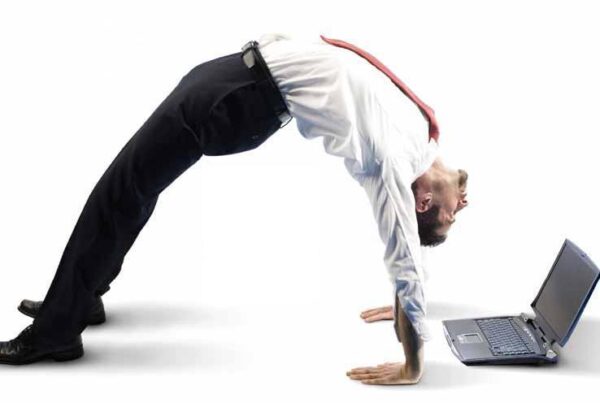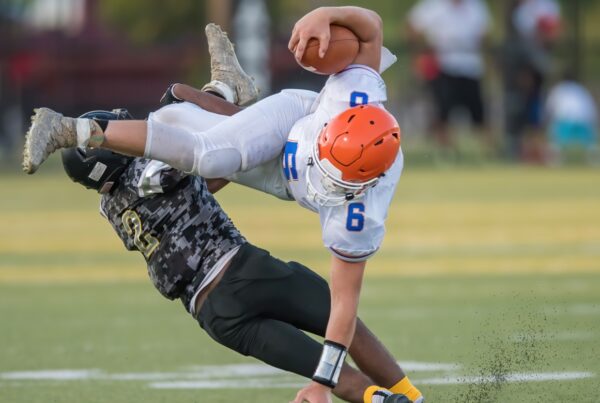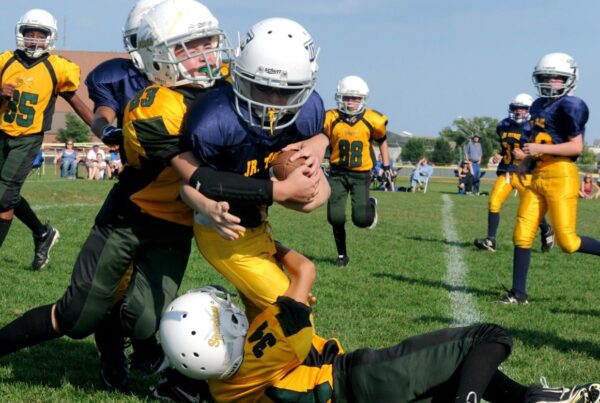In unraveling the challenges of concussion management, practitioners start with understanding the patient’s baseline. Baseline refers to
pre-injury abilities: concussion baseline measures commonly include cognition, balance, and vision. When managing concussions and
formulating the plan of care, the health care provider’s goal is to achieve the patient’s baseline levels.
In sports, if an athlete were to sustain an injury, the medical team can refer to these baseline measures to assist in the decision-making
process of returning the athlete to sport. In other instances, such as motor vehicle accidents, the practitioner can infer various
components of the patient’s baseline, starting with subjective interviewing, in appreciating the patient’s pre-injury status.
Gathering baseline measures occurs through various means. They differ in its complexities, ease of administration, and preference of the
practitioner. Testing can appear as straightforward as saying five words in succession, and asking the patient to repeat the five words in order.
In addition, a practitioner may look at computations, such as subtracting 7 from 100, in starting to establish an
understanding of baseline. The ease of these measures allows providers the ability to perform this testing in various settings,
including in the clinic or on the field. Conversely, information can be gathered through computer-based testing, which bundles a series to
questions and tasks to ultimately compute a score; these baseline scores, for example, can be compared to scores after sustaining a head
injury to determine appropriateness to return to sports. One example of a commonly accepted computer-based test is ImPACT (Immediate
Post-Concussion Assessment and Cognitive Testing).
Additional baseline measures include balance tasks. Observing balance in tandem (heel-to-toe balance) and on one leg for thirty seconds are
common starting points in gathering these measures. Practitioners may subsequently increase the difficulty of this task, such as turning the
head side-to-side, asking the individual to close their eyes, or complete balancing tasks on uneven surfaces. By appreciating the level
of sway, and counting the number of corrections to sustain their balance, practitioners can reference these baseline measure post-injury,
and can use this information in creating goals in the rehabilitation process.
These baseline measures contribute to the management of rehabilitation as they may be used to better appreciate the individual’s deficits
sustained after a head injury, and help with creating goals in the rehabilitation process. These measures may also be used in the clinical
decision-making process in various scenarios, including returning an athlete to sports or with returning students to learning in school. The
ease of some of these tests, including counting and balancing tasks, even offers the ability for parents to be involved in understanding
baseline measures of their children.



